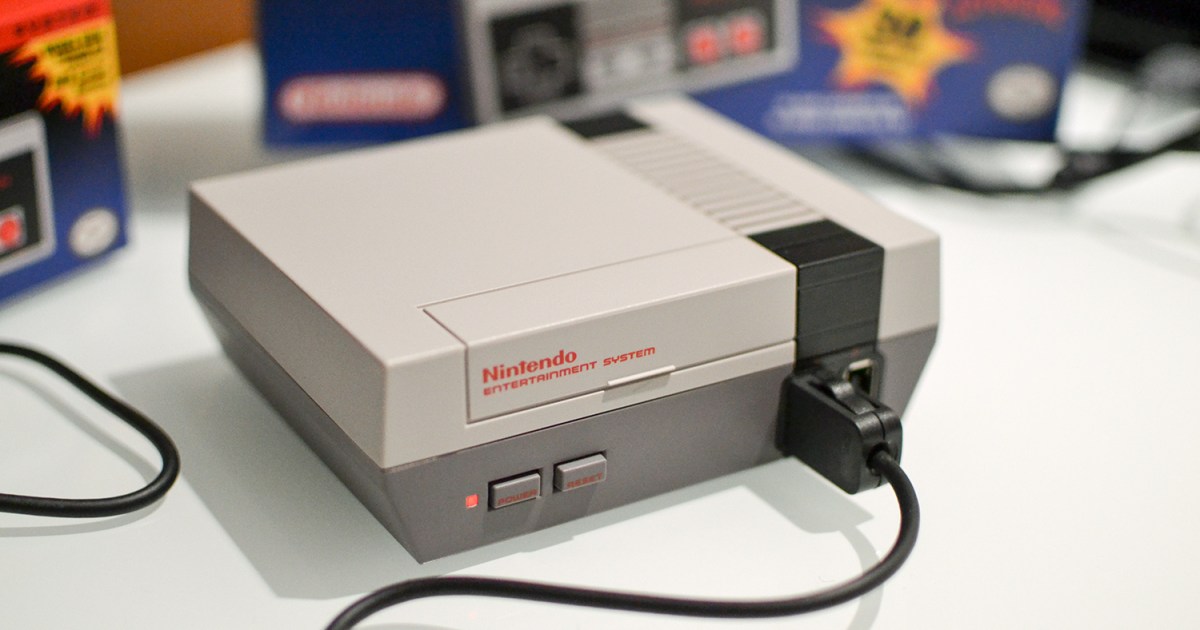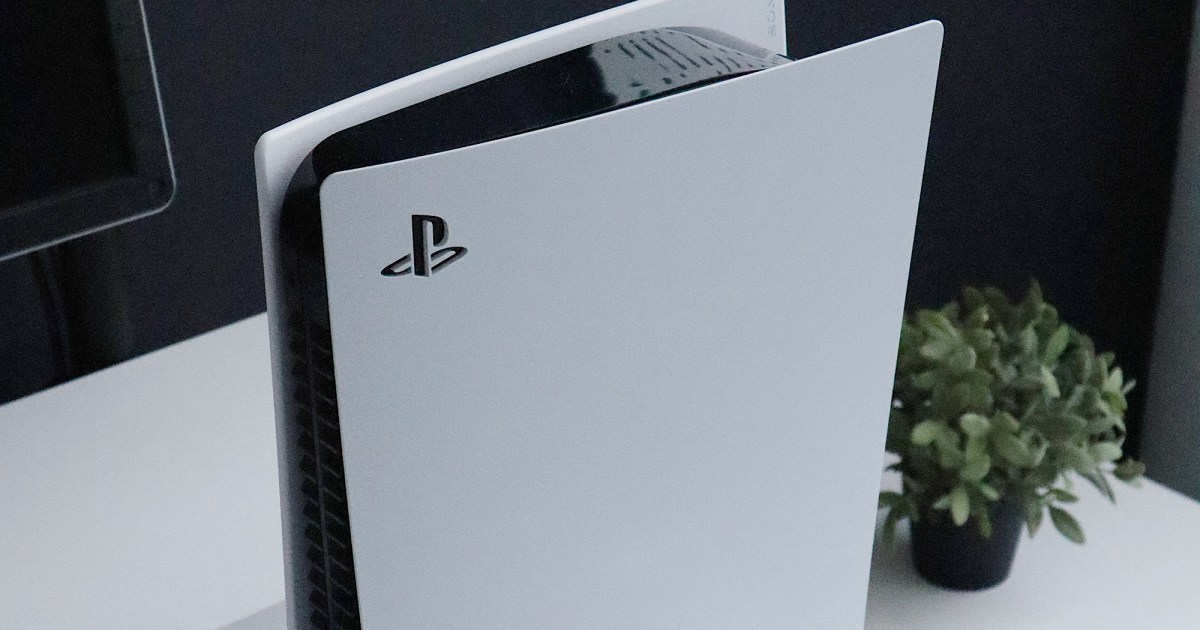Video games have evolved dramatically over the past 50 years, transforming from simple arcade experiences to sophisticated interactive entertainment. From the arcade boom of the 70s to the current battle for market dominance between the PS5, Xbox Series X, and Switch 2, the gaming landscape has seen nine distinct console generations. This article explores the defining characteristics of each generation, highlighting key consoles and pivotal moments that shaped the industry.
The early decades saw less clearly defined generational shifts, with considerable overlap between eras. This overview focuses on well-documented and commercially significant consoles, offering a concise journey through gaming history. For a glimpse into the future, check out our articles on upcoming video game consoles and upcoming video games.
First Generation (1972-1983): The Dawn of Home Consoles
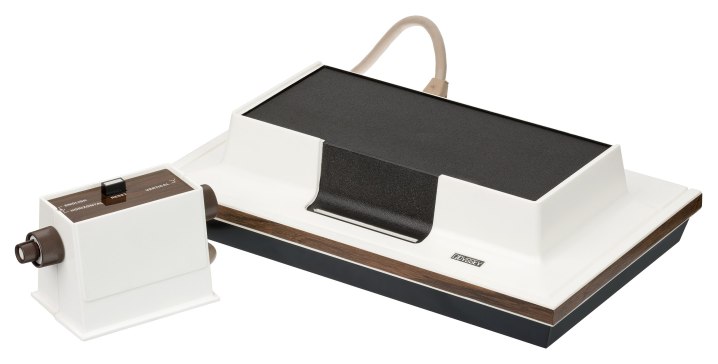 The Magnavox Odyssey home console
The Magnavox Odyssey home console
The first generation of home consoles offered a rudimentary gaming experience compared to modern standards. Games like Pong epitomized the era, with consoles essentially functioning as simplified arcade machines, often limited to one or two built-in games. The Magnavox Odyssey, however, stood out with its innovative use of plastic overlays to simulate different game environments on screen.
Notable consoles include: Magnavox Odyssey, Ping-O-Tronic, Home Pong series, TV Tennis Electrotennis, Coleco Telstar, and Color TV-Game.
Second Generation (1976-1985): Cartridge-Based Gaming Takes Off
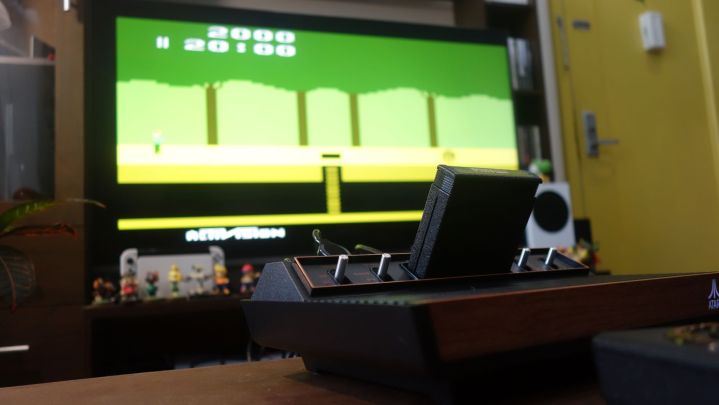 An Atari 2600+ sits on a table running Pitfall.
An Atari 2600+ sits on a table running Pitfall.
The second generation marked a significant technological leap with the introduction of ROM cartridges. The Fairchild Channel F pioneered this technology, allowing for interchangeable game software. Atari capitalized on this innovation, with the Atari 2600 and 5200 becoming dominant forces. This era also saw the emergence of Activision, the first third-party game developer, and the birth of iconic titles like Space Invaders, Combat, Super Breakout, Missile Command, and Pitfall!.
Notable consoles include: Fairchild Channel F, Atari 2600, Magnavox Odyssey 2, Intellivision, ColecoVision, and Atari 5200.
Third Generation (1983-1990): The 8-Bit Revolution
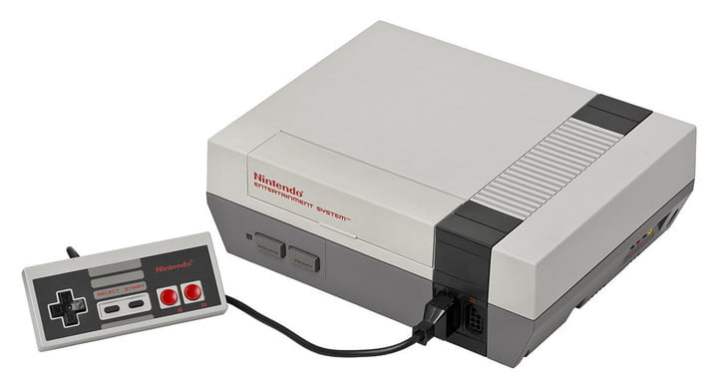 Nintendo Entertainment System with controller.
Nintendo Entertainment System with controller.
Nintendo’s arrival in the American market with the Nintendo Entertainment System (NES) revitalized the gaming industry after a significant crash. The 8-bit era ushered in enhanced graphics, sound, and storytelling capabilities. This generation also witnessed the rise of the Game Boy, the first cartridge-based handheld console to offer console-quality gaming on the go. Iconic franchises like Super Mario Bros., The Legend of Zelda, and Kirby debuted during this period.
Notable consoles include: NES, Master System, Atari 7800, Atari XEGS, and Game Boy.
Fourth Generation (1987-1996): The 16-Bit Era and the Console Wars
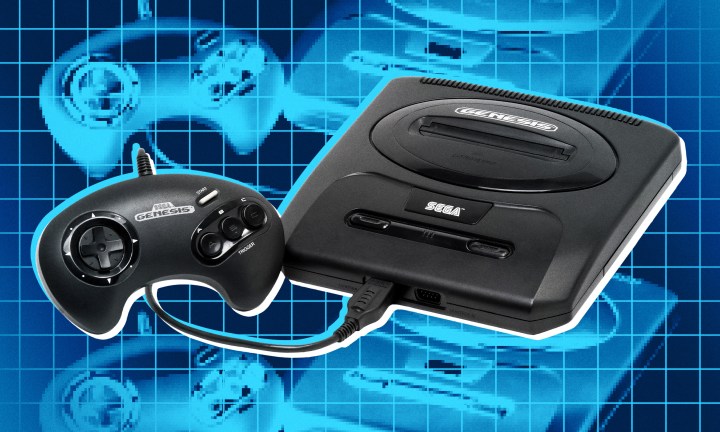 Photo of a Sega Genesis console.
Photo of a Sega Genesis console.
The fourth generation ignited the “console wars” between Sega and Nintendo. Sega’s 16-bit Genesis challenged the NES, while Nintendo responded with the Super Nintendo Entertainment System (SNES). This era also saw experimentation with CD-ROM technology, with add-ons like the Sega CD. Classic titles like Super Mario World, Sonic the Hedgehog, and Super Metroid solidified the 16-bit era as a golden age of gaming.
Notable consoles include: Sega Genesis, Neo Geo, SNES, Sega CD, and CD-i.
Fifth Generation (1993-2002): The 3D Revolution and the Rise of PlayStation
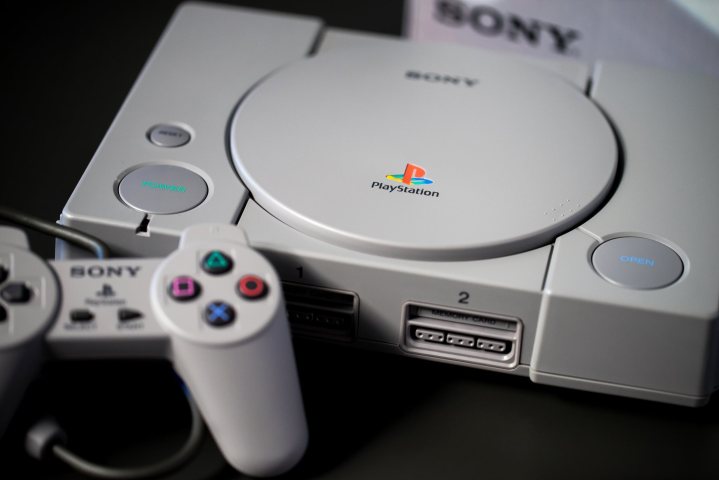 best ps1 games sony ps1
best ps1 games sony ps1
The fifth generation marked a dramatic shift to 3D graphics. Sony entered the market with the PlayStation, which quickly dominated the generation thanks to its strong game library, CD playback capabilities, and clever marketing. While the Nintendo 64 showcased Nintendo’s mastery of 3D game design, Sega struggled to adapt. This era also saw the continued dominance of Nintendo in the handheld market with the Game Boy Color.
Notable consoles include: Atari Jaguar, 3DO, Sega Saturn, Sega 32X, PlayStation, Nintendo 64, Game Boy Color, Neo Geo Pocket, and Genesis Nomad.
Sixth Generation (1998-2005): Online Gaming and the PS2 Phenomenon
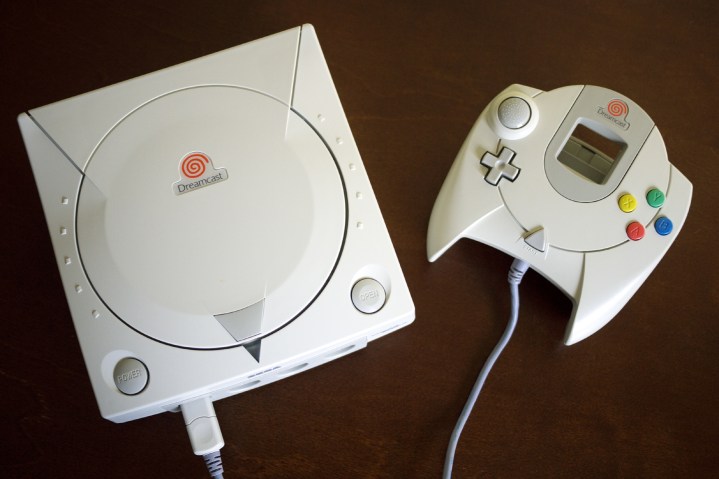 A Dreamcast sits on a table.
A Dreamcast sits on a table.
The sixth generation saw Sega’s final console effort with the Dreamcast, while Microsoft entered the fray with the Xbox, introducing Xbox Live and revolutionizing online console gaming. The PlayStation 2 became the best-selling console of all time, driven by its impressive game library and its ability to play DVDs. Nintendo continued its handheld dominance with the Game Boy Advance.
Notable consoles include: Dreamcast, PlayStation 2, GameCube, Xbox, and Game Boy Advance.
Seventh Generation (2005-2013): The HD Era and Motion Controls
 An Xbox 360 stands against a white background.
An Xbox 360 stands against a white background.
The seventh generation, also known as the HD era, cemented the three-way console war between Nintendo, PlayStation, and Xbox. Consoles became entertainment hubs, offering online services and app integration. Xbox Live flourished, while PlayStation introduced PlayStation Plus. Nintendo’s Wii, with its innovative motion controls, became a cultural phenomenon despite its lower graphical capabilities. Sony also entered the handheld market with the PSP, competing against Nintendo’s DS.
Notable consoles include: Xbox 360, PlayStation 3, Wii, Nintendo DS, and PSP.
Eighth Generation (2012-2020): The Rise of the Hybrid Console
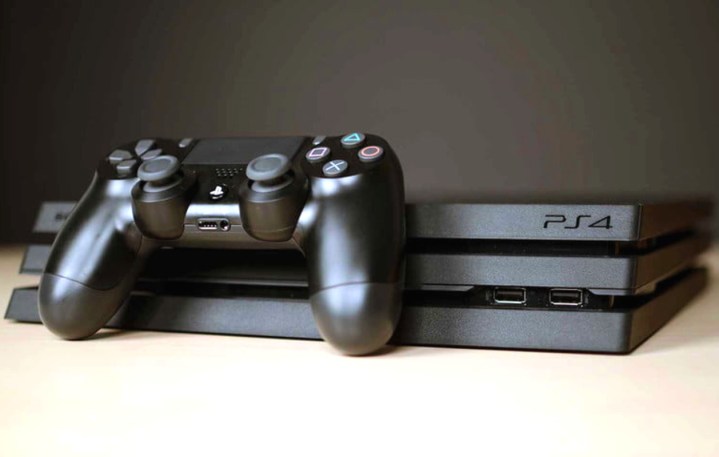 Sony PlayStation 4 Pro with controller.
Sony PlayStation 4 Pro with controller.
The eighth generation saw the PS4 dominate the market, while the Xbox One struggled with initial missteps. Nintendo’s Wii U underperformed, but the company bounced back with the innovative Switch, a hybrid console that blurred the lines between home and portable gaming. Nintendo also continued its success with the 3DS handheld, while Sony’s PlayStation Vita struggled to gain traction.
Notable consoles include: Wii U, Nintendo Switch, PlayStation 4, Xbox One, Nintendo 3DS, and PlayStation Vita.
Ninth Generation (2020-Present): 4K Gaming and Beyond
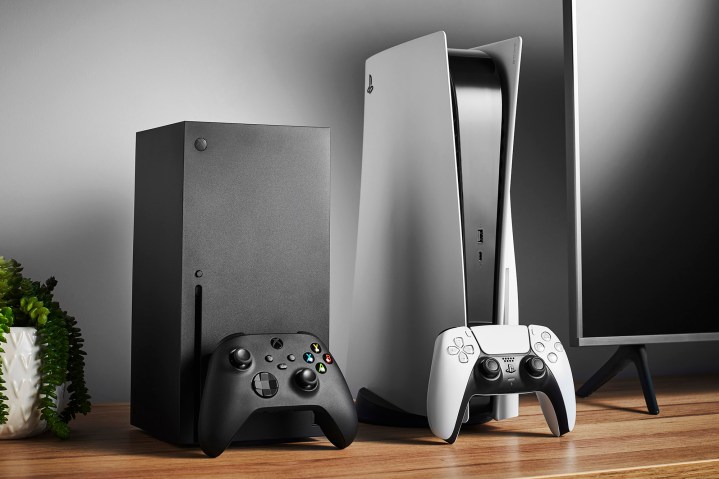 Living room with Microsoft Xbox Series X (L) and Sony PlayStation 5 home video game consoles alongside a television and soundbar.
Living room with Microsoft Xbox Series X (L) and Sony PlayStation 5 home video game consoles alongside a television and soundbar.
The ninth generation ushered in 4K gaming with the PS5 and Xbox Series X/S. While the PS5 has enjoyed considerable success, Xbox has focused on acquisitions and game pass, with its future in hardware remaining unclear. Nintendo continues to capitalize on the Switch’s popularity with the upcoming Switch 2. This generation also witnessed the emergence of handheld PCs like the Steam Deck, further blurring the lines between PC and console gaming.
Notable consoles include: PlayStation 5, Xbox Series X/S, Steam Deck, and Switch 2.



